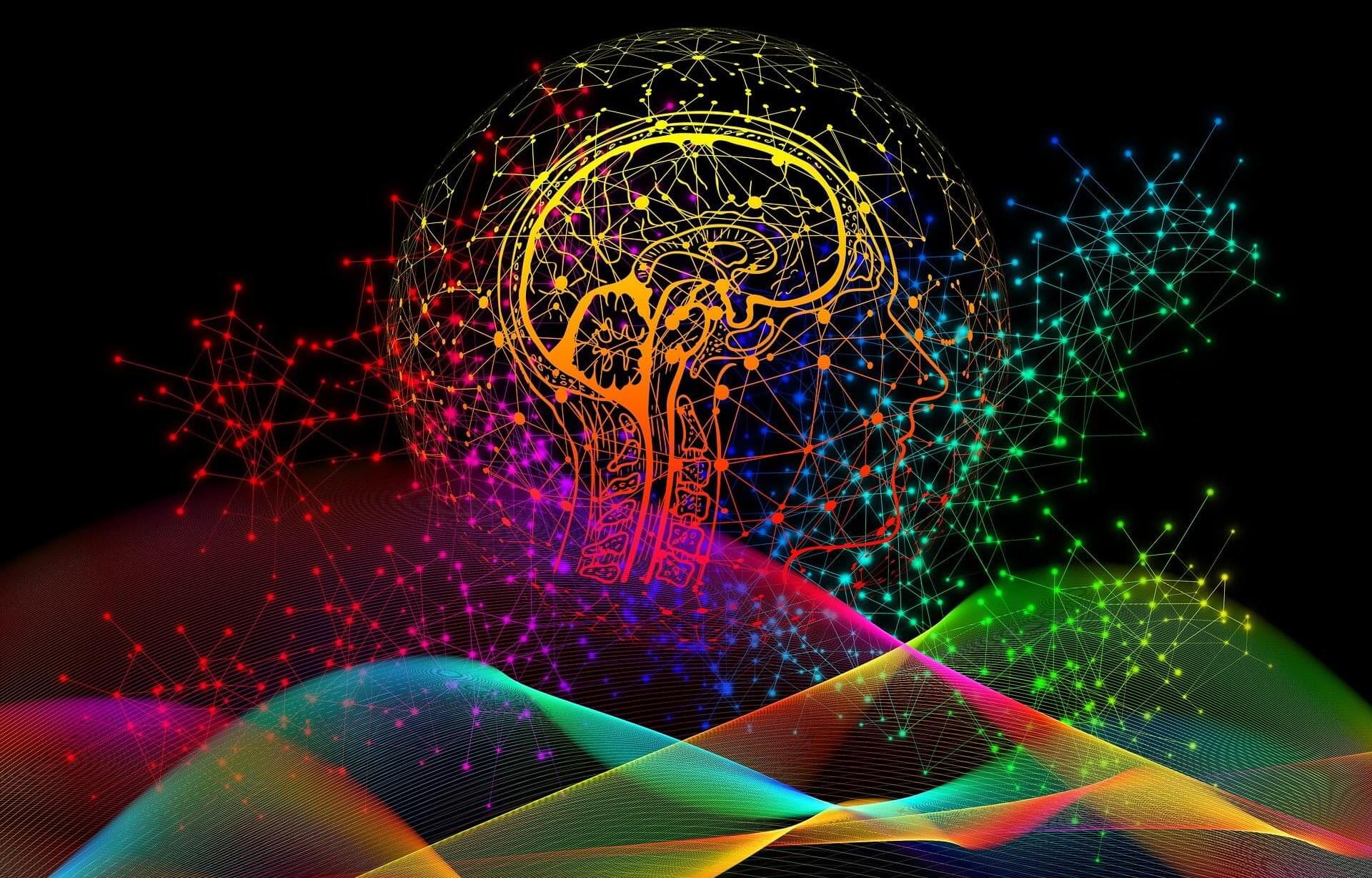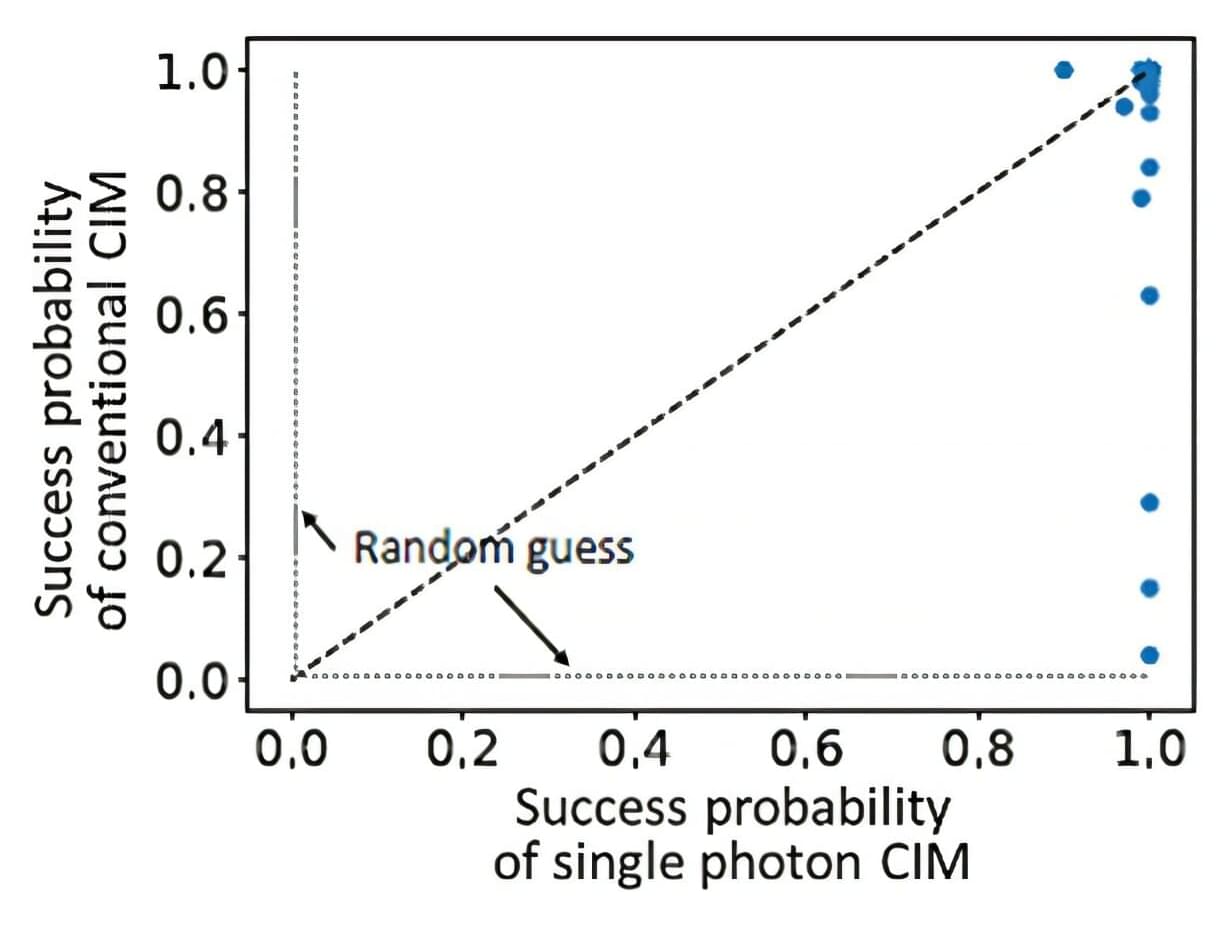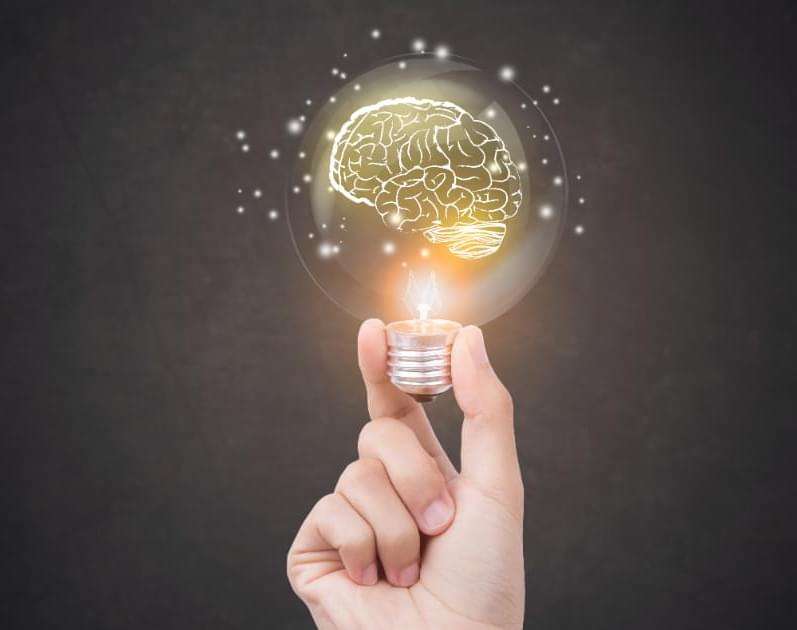Imagine a future where artificial intelligence quietly shoulders the drudgery of software development: refactoring tangled code, migrating legacy systems, and hunting down race conditions, so that human engineers can devote themselves to architecture, design, and the genuinely novel problems still beyond a machine’s reach.
Recent advances appear to have nudged that future tantalizingly close, but a new paper by researchers at MIT’s Computer Science and Artificial Intelligence Laboratory (CSAIL) and several collaborating institutions argues that this potential future reality demands a hard look at present-day challenges.
Titled “Challenges and Paths Towards AI for Software Engineering,” the work maps the many software-engineering tasks beyond code generation, identifies current bottlenecks, and highlights research directions to overcome them, aiming to let humans focus on high-level design while routine work is automated. The paper is available on the arXiv preprint server, and the researchers are presenting their work at the International Conference on Machine Learning (ICML 2025) in Vancouver.







